The Beginner's Guide to Digital Signage Software for Windows
Digital signage software is a powerful tool for managing communication and data sharing on various smart devices, including TVs, videowalls, tablets, and other digital screens.
Windows digital signage has become an effective medium for marketers to promote products and services, ensuring high brand visibility because it ensures 24 hours availability to display information any time and also provides remote content management.
1Build Windows Digital Signage Using Software
Businesses prefer Windows devices because most people are familiar with their interface, and it is also one of the most stable OSs that can ensure continuous display on digital boards.
Using a software is the easiest and most cost-effective way to turn your smart Windows devices into interactive digital signage.
Digital signage consists of three basic components including software which interlinks with hardware and content to create fully interactive signage.
Numerous software programs are available with different features and pricing, so businesses can choose accordingly.
How Does It Work?
Working with digital signage software includes three different phases.
- Step 1. First, choose a digital signage software and create an account on it. (Most tools offer a free sign-up option and trial version, so we recommend using it first)
- Step 2. The software tool then allows various options and content types to create, launch, schedule, organize, manage, and control the content. Utilize its features to create perfect content that can grab customer's attention and persuade them to buy services or products.
- Step 3. After creating content, sharing the content on target devices you want to run as digital signage.
Windows Digital Signage Software Recommended
Xibo (Industries: Religious Institutions, Retail)
Xibo is an open-source software solution for designing and managing digital signage. It provides extensive support for digital signage by scaling adapting according to changing business requirements.
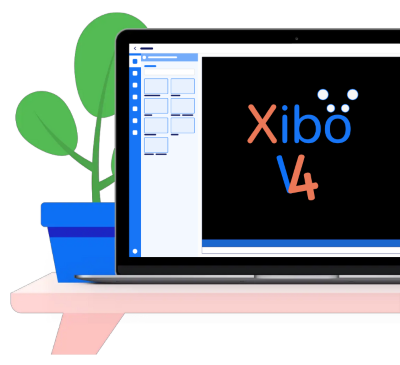
It offers comprehensive options like cloud hosting, web CMS, and layout editor to manage and limit device usage and permissions for access.
Xibo organizes the displays into logical sets to manage campaigns. It allows easy integration with other software and tools and has AGPLv3 certified license.
It helps to improve internal communication, customer experience and reduces costs for traditional printing.
Standout Benefits
- Businesses can customize and manage the layout and background with a business theme.
- Free plan is supported.
Yodeck
Yodeck is an cloud digital signage solution for Windows. Its significant features include:
API (Application programming Interface)
Activity dashboard
Alerts and notifications
Auto-update (Facilitate users to automatically update software and apps)
Audit trail (It show patterns of user behavior and system interactions)
Access controls or permissions (Managing user access to device functions and data)

Yodeck software is simple and intuitive software to develop a digital signage for Windows in a few minutes. The cloud-based Yodeck platform allows users to upload all media types and make changes to the content. Yodeck enables displaying images, videos, YouTube videos, live streaming videos, presentations, social media, news, weather updates, and PDF flyers.
Standout Benefits
- It offers a free trial, and its premium services start at $8 monthly.
- It supports all media types and corporate-level security strategies.
NoviSign
It is a cloud-based digital signage software that facilitates businesses in creating and managing content on kiosk devices and improving sales and marketing campaigns.
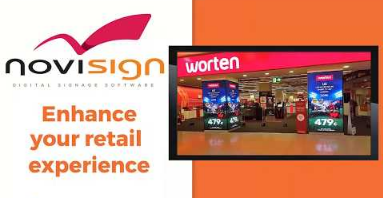
NoviSign allows designing of social walls and slide shows to target an audience. Its significant features include:
Device management
Data synchronization
Remote control
Media library
Creative Templates
It easily integrates with third-party apps like YouTube, Facebook, and Ustreem but its prices are comparatively higher. It costs a minimum of $20 per month.
Standout Benefit
- Third-party integration enhances its capabilities to create and manage digital kiosks for business.
💡 Key Features of A Professional Digital Signage Software
- Content Creation📽️
Digital signage software provides content-designing tools to create appealing content for viewers. These tools offer a drag-and-drop service to develop designs with additional image and video editing capabilities.
It often provides diverse templates suitable for different business and industry needs. The Digital Signage Online Studio is a very valuable platform for designing digital content that competes with advanced-level content strategies. - Schedule🕙
This software streamlines content scheduling by enabling admins to set content playback on specific dates and times.
It also provides smooth playlist management so the content is easily available when required. Some advanced tools allow conditional scheduling, which helps display specific content when different actions are triggered. - Deploy💭
Digital signage software supports both wired and wireless deployment options to facilitate deployment at the maximum level.
It also allows remote deployment of content from a centralized location, which allows changing the content anytime. - Remote Monitoring and Management🖥️
They are comprehensive monitoring tools that provide real-time monitoring capabilities to track device activities and check online status.
This tool allows Admins to visualize the device's health, display quality, battery level, connectivity status, and ad content playback metrics.
Remote management is the most prioritized feature of digital signage software as it helps configure display settings like brightness, volume, display size, and content type.
It also helps ensure continuous visibility of kiosk devices by maintaining them in a timely manner and troubleshooting issues. Alerts and notifications notify and warn about unusual activities on the devices and content playback issues. - Third-party Integration⚙️
A standard digital signage tool or software allows seamless integration with other third-party tools to maximize performance and create advanced-level kiosks.
Some significant tools to integrate are point of sale (POS) systems, customer relationship management (CRM), content management systems (CMS), and various social media platforms.
It can also integrate with smart devices to gain data access in real-time. Integration with multiple APIs is helpful for developers to build custom integrations and enhance performance, which helps to meet specific industry needs.
2MDM Digital Signage
The kiosk mode of MDM solution helps businesses turn smart devices into digital signage, helping to boost sales and customer engagement.
AirDroid Business MDM offers remote lockdown of devices to prevent unauthorized access. It also enforces device usage restrictions, allowing businesses to lockdown the screen for specific apps, websites, or web applications.
- Enroll Windows devices in the MDM dashboard
To set your Windows devices into Digital signage, you need to enroll all the Windows devices into an MDM dashboard. - Configure kiosk mode and Setup Restrictions
Choose the kiosk type depending on your business needs. If you require running only one app or website, choose a single-app kiosk. You can also choose a multi-app kiosk mode to run a set of apps. These apps will play a significant role in permanently displaying your desired content on the screen unless the admins stop it. - Deploy Content
MDM solution offers risk-free data sharing on managed devices for running content in kiosk mode. Data is kept secure using TLS encryption, and the content can be a single image, a video, or a slideshow representing a specific brand or its products. - Remote Monitor and Manage
It allows admins to remotely monitor kiosks' real-time screen activities from a centralized location. Unlike traditional advertising mechanisms, admins can change the content anytime they need it without any additional cost.
Remote monitoring and management also help improve productivity and ensure continuous display with minimum downtime.
3SoC Displays vs. External Media Players
The SoC (System on chip) is one of the primary components of digital signage, working as a medium to develop a connection between the software and the screen.
When initiating digital signage, managers have two options to choose from: the SoC or an external media player. You can choose either one depending on which is most appropriate for your scenario.
Difference between SoC and External Media Player
SoC digital signage contains an integrated processor chip with built-in software for digital signage. SoC allows you to manage content on the screen without the attachment of any external device.
An external media player is a computer-like device that fetches the software's content and forwards it to the screen for display. It is a small box in black color which can be hidden behind the screen and needs to plug into the socket. After connecting to the internet, it will display the content on the screen in a few seconds.
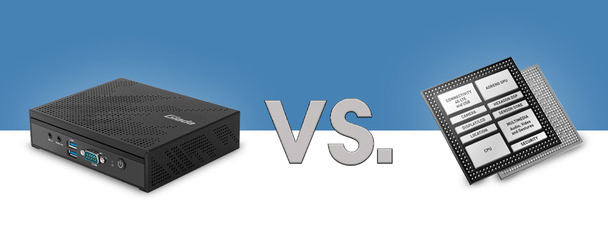
Pros of SoC
- SoC are already integrated inside the screen, hence requires no additional space.
- SoC does not require additional wires for connection.
Cons of SoC
- Hardware issues are challenging to resolve as it is installed inside the device and it also difficult to replace or repair.
- The performance of SoC is lower than external media player, so it take more time to display complex content.
- SoC requires higher costs. The issue in the screen also needs an integrated chip to change.
Pros of External Media Player
- An external media player is a device connected to digital signage that is small enough to hide behind the screen.
- The performance of external media players is better as it takes little time to load the content.
- You can get a quick replacement of the defective component.
Cons of External Media Player
- External media needs additional cables to run the device's content.
- It requires extra space to place near the digital signage device.
4How Different Industries Use Digital Signage
Digital Menu Boards
Digital menu boards are the norm in the food and beverage business, with restaurants, coffee shops, and fast-food outlets.
These tools facilitate interactive content presentation for companies and enable them to update their menus, prices, or promotions regularly.
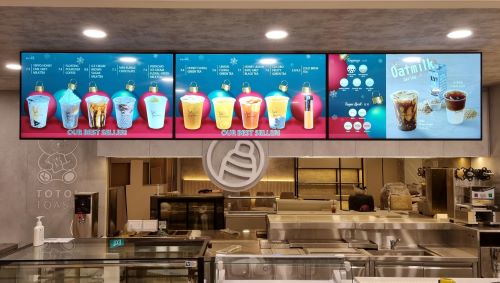
Digital menu boards increase customer involvement, allowing them to place instant orders and enabling targeted marketing of extra restaurant products or promotion of offers. Thus, they result in an increased number of visitors and restaurant income.
Hospitality
Digital signage in the hospitality sector is used in several ways to improve customer retention and provide a better guest experience by automating routine processes.
Digital signage in hotels with a large covered area helps with wayfinding. It also facilitates displaying promotional materials and guest information and providing them with easily accessible information and services.
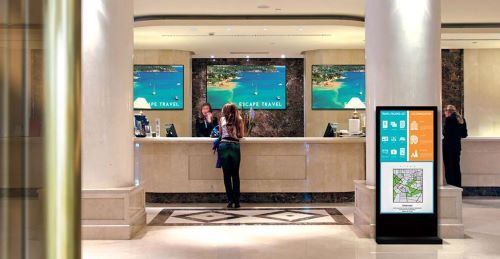
Healthcare
Digital signage plays a significant role in the healthcare industry by enabling patients, visitors, and staff members to access critical information, find directions, and benefit from health education materials.
Hospitals leverage digital signage to facilitate patient check-in, broadcast services, appointment reminders, doctor bios, and queue management, which are effective in decreasing waiting time and operating efficiency. Furthermore, digital signage in waiting areas can entertain and educate patients.

Schools
Digital signage Windows in education promotes interaction, stimulates student engagement, and develops a dynamic learning environment. In school practice, digital signage is used for announcements, promoting events, and displaying critical information parameters like timetables, campus maps, and safety procedures.
An interactive digital display provides a setting for collaborative learning and multimedia presentations. It also helps display emergency notifications so students and other staff can handle the situation better.

Commercial
Places like retail stores, banks, and corporate offices are considered commercial. Digital signage is like an effective marketing and communication tool. It serves retailers for displaying product promotions and branding with the help of interactive displays and digital catalogs.
In corporate offices, digital signage is employed for internal communications, employee engagement initiatives with the display of corporate news and announcements, and employees' performance.

5The Importance of Digital Signage for Your Business
Less space consumption and multi-purpose utilization
A single digital signage can serve multiple purposes; hence, the need for many displays is eliminated. Companies can manage various operations in lesser space, like employee training, conducting meetings, displaying promotions, and sales. Digital signage also facilitates running your presentation everywhere to increase visibility.
Instant content-changing abilities
You can change the content hundreds of times a day depending on your business needs. It requires no additional space or costs, unlike traditional methods.
Versatile content types supported
You can display animation, images, videos, slideshows, text, TV, live news, and important announcements on digital signage.
Customer retention and engagement
Users are provided with an interactive interface to communicate and obtain information. This helps improve customer retention by saving time and engaging them with interesting content.
Improved productivity
Businesses add interactive images, videos, color schemes, and backgrounds to attract viewers. Customers prefer watching information on the screen to collecting information from humans. This helps businesses entertain more customers in less time, and the staff is utilized for other necessary purposes.
Consistency
Businesses with multiple franchises can manage the content on digital signage placed in various offices using cloud-based software. It helps to display similar content at multiple locations, being controlled from a central location. The roadside digital signage consistently shows the same content on various screens.
6Businesses Typically Consider These Key Factors
Businesses typically consider several things while selecting a digital signage solution to ensure that it meets their specific needs and increases revenue. Let's discuss some important ones here:
Cost
The budget and investment criteria vary from business to business. However, every business primarily considers the costs of choosing digital signage solutions. Selecting a cost-effective tool means the most appropriate tool with reasonable features and support at cheaper costs.
Security
Digital signage solutions must contain adequate security to protect the confidentiality of official and customer data stored in the devices. Data needs to be encrypted so it remains unread even when breached by malicious entities. Digital signage solutions also require strong authentication to avoid device misuse.
Remote Control and Management
Large businesses involve a large amount of digital signage located at multiple positions in different areas. Remote management and control help reduce downtime, ensure efficient content management, and ensure 24/7 visibility.
Flexibility
Digital signage solutions should be flexible enough to customize with business-specific needs. It also helps businesses to ensure high productivity and compliance.
7Summary
In the fast-paced and digitalized corporate world, considering traditional posters and banners for advertisement and marketing will be a severe setback for any business. Banks, corporate offices, healthcare centers, educational institutes, and retail shops increasingly add digital signage to attain multiple tasks from a single screen.
Digital signage contains three primary components: software, SoC or external media, and screen content. SoC or external media acts as a medium and takes content from the software to display on the screen. Implementing MDM digital signage for large businesses is more appropriate for versatile and effective management as they offer remote management and control features compared to simple digital signage software.


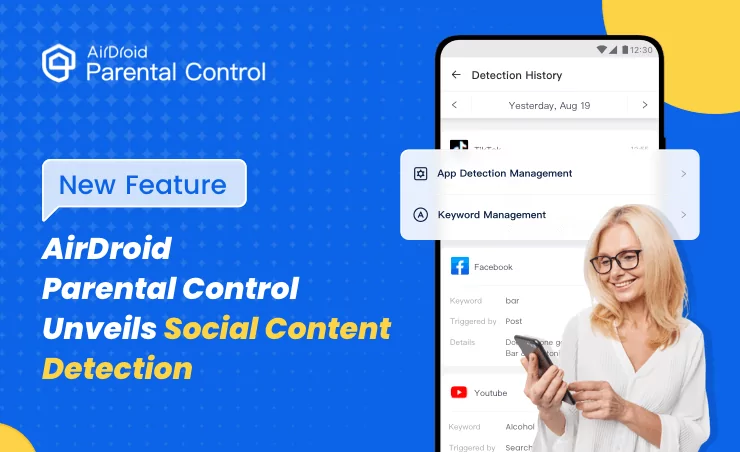
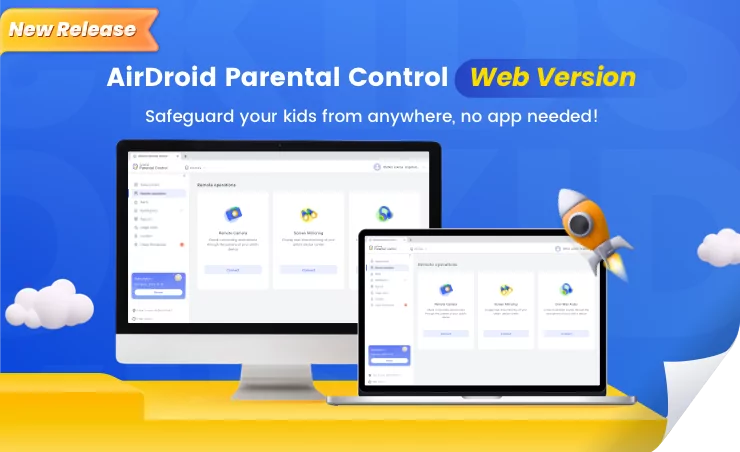
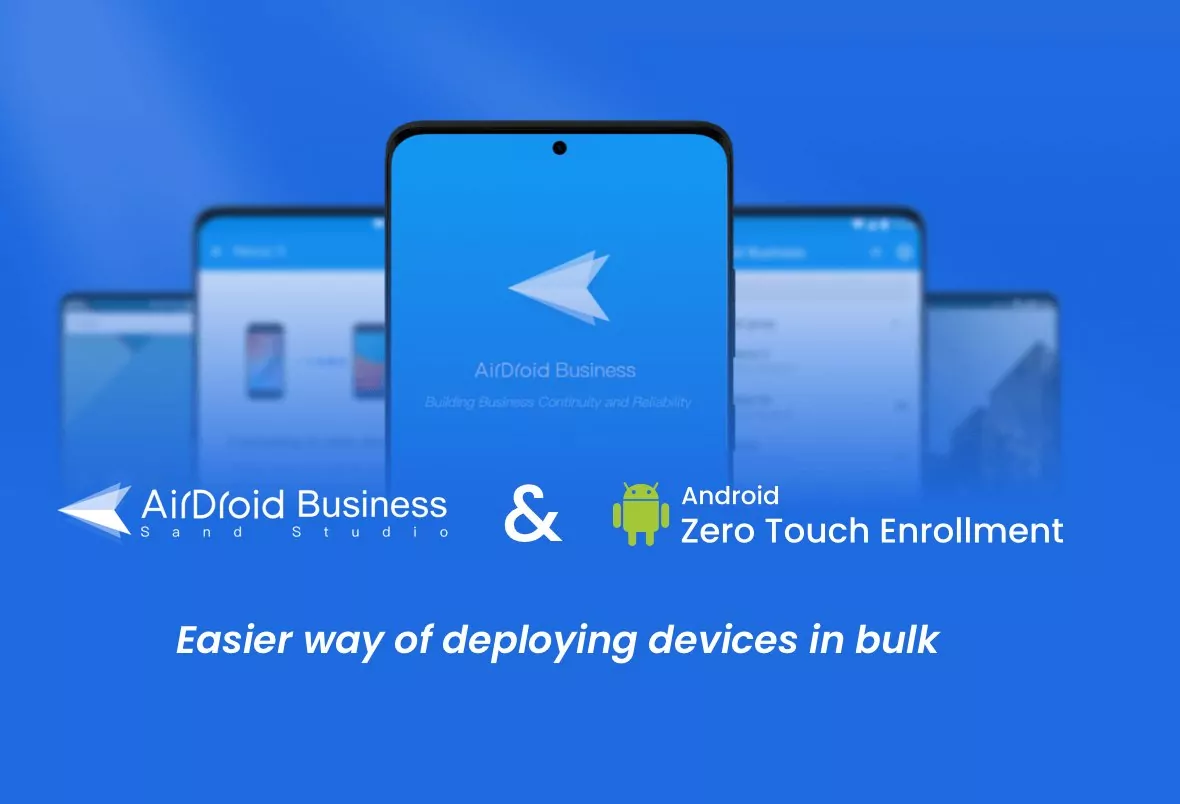

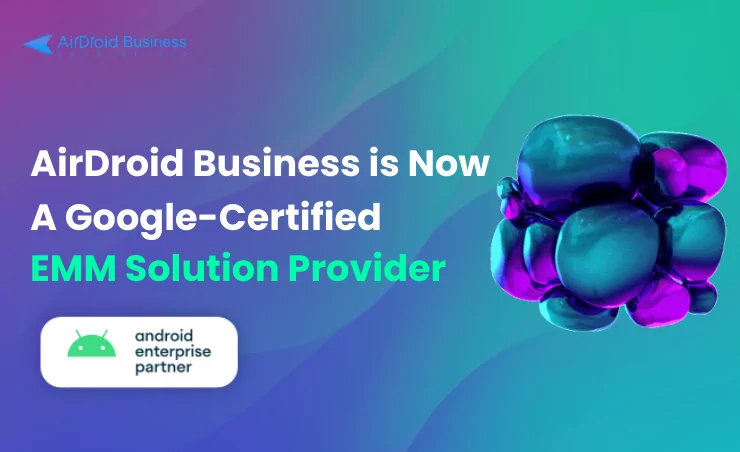



Leave a Reply.